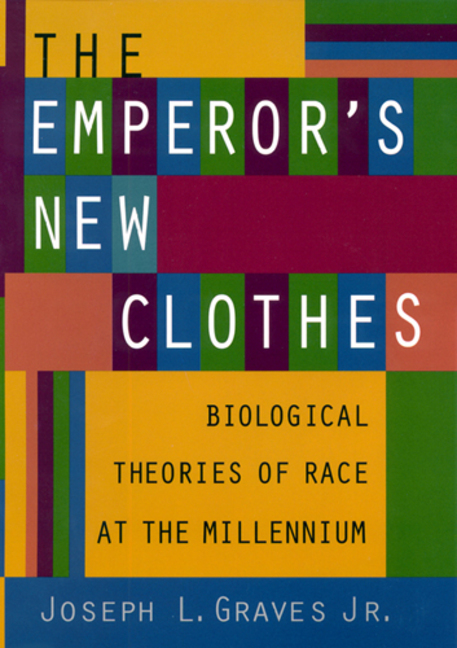Oscar James Dunn: A Case Study in Race & Politics in Reconstruction LouisianaPosted in Biography, Dissertations, History, Louisiana, Media Archive, Politics/Public Policy, United States on 2012-01-11 02:36Z by Steven |
Oscar James Dunn: A Case Study in Race & Politics in Reconstruction Louisiana
University of New Orleans
December 2011
296 pages
A Dissertation Submitted to the Graduate Faculty of the University of New Orleans in partial fulfillment of the requirements for the degree of Doctor of Philosophy in Urban Studies
The study of African American Reconstruction leadership has presented a variety of unique challenges for modern historians who struggle to piece together the lives of men, who prior to the Civil War, had little political identity. The scant amounts of primary source data in regard to these leaders’ lives before the war, the destruction of many documents in regard to their leadership following the Reconstruction Era, and the treatment of these figures by historians prior to the Revisionist movement have left this body of extremely important political figures largely unexplored. This dissertation will examine the life of one of Louisiana’s foremost leaders, Lt. Governor Oscar James Dunn, the United States’ first African American executive officeholder.
Using previously overlooked papers, Masonic records, Senate journals, newspaper articles and government documents, the dissertation explores Dunn’s role in Louisiana politics and chronicles the factionalization of the Republican Party in Reconstruction New Orleans. Born a slave and released from bondage at an early age, Oscar J. Dunn was able to transcend the stigma which was often attached to those who had been held in slavery. A native of New Orleans, born to Anglo-African parents, he was also able to transcend the language barrier that often excluded Anglo-Africans from social acceptability in Afro-Creole society. Although illiterate, Dunn’s parents made critical strides in securing his social mobility by providing him with both a formal education and a trade apprenticeship. Those skills propelled Dunn forward within his Anglo-African community wherein he became a key figure in the community’s two most important institutions, the York Rite Masonic Lodge and the African Methodist Episcopal church.
This dissertation argues that Dunn’s political ascent was linked to the political enfranchisement of antebellum Anglo-Africans in Louisiana, Dunn’s involvement in Anglo-African institutions (particularly the York Rite Masonic Lodge and the African Methodist Episcopal church) and Dunn’s ability to find middle ground in the racially charged arguments that engulfed Reconstruction New Orleans’s political arena.
TABLE OF CONTENTS
- LIST OF TABLES
- LIST OF ILLUSTRATIONS
- ABSTRACT
- CHAPTER I: Introduction
- Understanding the complexities of Ethnicity and Class in Reconstruction New Orleans
- CHAPTER II: Literature Review
- Specific Literature in Regard to Oscar James Dunn
- CHAPTER III: Methodology
- The Problem
- My Hypothesis
- CHAPTER IV: Giving Roots to the Rootless: The Origin of Oscar James Dunn (1822-1865)
- Dunn’s Parents
- Oscar James Dunn’s Youth
- Dunn the Music Teacher
- A Plasterer Again
- Dunn the Mason
- Dunn the Soldier
- What a Difference a Place Makes: Geography in Dunn‘s Early Life
- Reaching a Consensus on Dunn’s Origin
- CHAPTER V: Oscar J. Dunn’s Political Ascension
- Outside of the Political Arena
- Civil Rights and the Riot of 1866
- White Lodge, Black Lodge
- Cracks in the Foundation
- CHAPTER VI: The Negro Lieutenant Governor and the Republican Schism (1868-1869)
- The Reluctant Candidate
- The Test Oath Imbroglio
- Dunn‘s Inauguration
- The Metropolitan Police Bill
- The Civil Rights Bill
- There and Back again: The First Black Political Junket
- A Homecoming of Sorts
- Ending the French Masonic Invasion
- The Lieutenant Governor‘s New Home
- CHAPTER VII: No Greater Divide (1870-1871)
- The Masquerade Misadventure
- Back in the Slammer Again
- The Voodoo Exorcism
- Airing Their Dirty Laundry in the Winds of Change
- Warmoth‘s Presidential Visit
- The Failed Coup: While the Cat was Away
- The Two Conventions
- The Longest Second Line
- Hard Times and Fond Memories
- CHAPTER VIII: Dunn-Forgotten Hero
- BIBLIOGRAPHY
- APPENDIX A: John Parson’s Biography of Dunn
- APPENDIX B: J. Henri Burch’s Masonic Eulogy of Oscar J. Dunn
- APPENDIX C: Dryden’s Biography of Dunn
- APPENDIX D: Dunn’s Inaugural Address
- APPENDIX E: Louisiana’s Civil Rights Bill
- APPENDIX F: Lieut. Gov. Dunn’s Letter to Horace Greeley
- APPENDIX G: Oscar J. Dunn Commemoration ( J. Morris Chester’s Speech)
- VITA:
LIST OF TABLES
- Table 1. Attackers of James Dunn
- Table 2. Discrepancies in the Eureka Lodge‘s Roll and the First Regiment‘s Service
- Table 3. Dunn‘s Addresses and Dates of Residence
- Table 4. Black Voter Registration Sites in the City of New Orleans in 1865
- Table 5. First Ballot: Dunn‘s nomination for Lt. Governor
- Table 6. Second Ballot: Dunn‘s nomination for Lt. Governor
LIST OF ILLUSTRATIONS
- Figure 1. The American Theater (The Old Camp)
- Figure 2. Freedmen Voting in New Orleans (1867)
- Figure 3. First Vote
- Figure 4. The President Leaving the Willard Hotel (March 4,1853)
- Figure 5. Lieutenant Governor Dunn. 137
- Figure 6. Metropolitan Hotel (1863)
- Figure 7. Canal Street above Claiborne Street circa 1860-1870
- Figure 8. Lt. Governor Dunn and Family
- Figure 9. Sketch of Dunn in Formalwear
- Figure 10. Krewe of Comus Ball
- Figure 11. Currier & Ives Image
Read the entire dissertation here.


![Slash [Saul Hudson], 2007](http://www.npg.si.edu/exhibit/blacklist/images/15.jpg)





